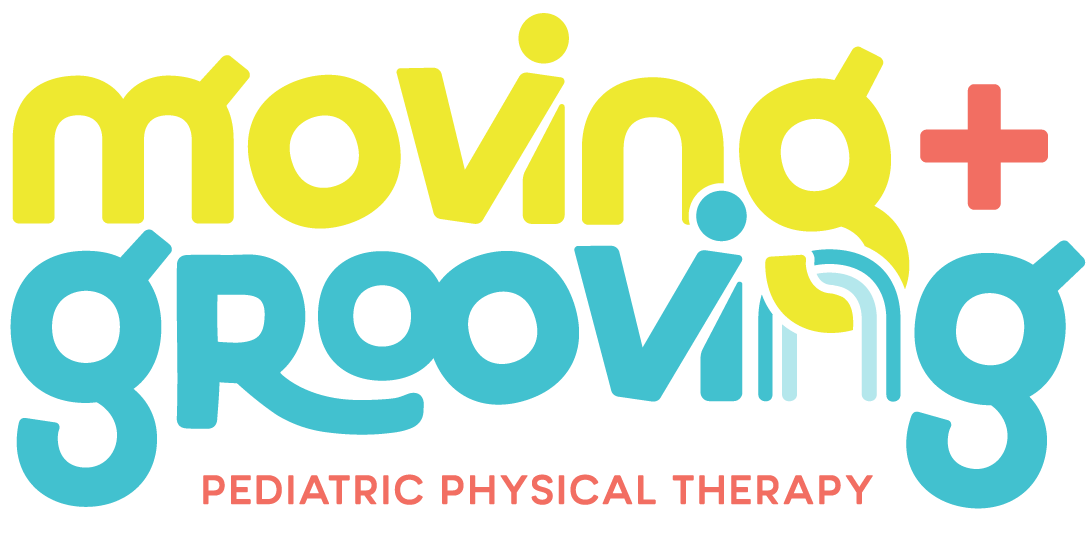
Is PT appropriate for my child who has Down Syndrome (DS) ?
The short answer: yes! Down Syndrome is a genetic disorder that affects the genetic makeup of an individual. Many times this is diagnosed during pregnancy. Most cases of DS are a true form of trisomy 21, but several are mosaic in nature, meaning that not all of their genes are affected with a third chromosome.
What would you work on with my child? PT for your child would vary depending on their age, function, cognitive abilities, strength, mobility, endurance and motivation to participate. There is a separate milestone development chart for children with Down syndrome, as they generally have longer learning periods of mastering one milestone before moving onto the next. You can find that chart here: https://images.app.goo.gl/AVvGQnkwPBizpwZh7
PT generally includes working on the motor milestones that are most appropriate for your child, including rolling, sitting, standing, walking, running, jumping, ball play, etc. It also focuses on how to motivate your child to participate, as when someone has hypotonia (low muscle tone) it requires more effort to perform an activity than with someone with typical muscle tone. Many breaks are provided in these sessions to accommodate for this as well as their lack of endurance, which could also be due to a corresponding heart defect, commonly found in individuals with DS. It also includes strategies to prevent joint pain and hypermobility, as this condition causes the ligaments that connect the bones to be less taut than in other individuals. An example of this includes educating your child to stay out of the “w” sit position due to the strain it causes on their ligaments. Instead, we would want them to sit with their legs in cross cross applesauce, side sit or long sit positions while playing a game. It also includes recommending orthotics, when appropriate, for the same reasons listed above. Orthotics can help prevent breakdown at the foot and ankle joints by elevating the arch of the foot to allow for the bones on the outside of the foot to bear weight and create a more stable base of support. If too much pressure is applied to an able or foot joint with ligaments that are lax in nature, and have limited muscle activation and strength to hold the joint where it should naturally be, it may cause the feet to become flatter and more collapsed and make activities on their feet uncomfortable. Weight management is another aspect of PT for kids with DS, as additional weight combined with ligament laxity and low muscle tone make for even more difficult times asking a child to do a task that is physically challenging.
If your child has Down Syndrome, call or text us to schedule your initial evaluation!
